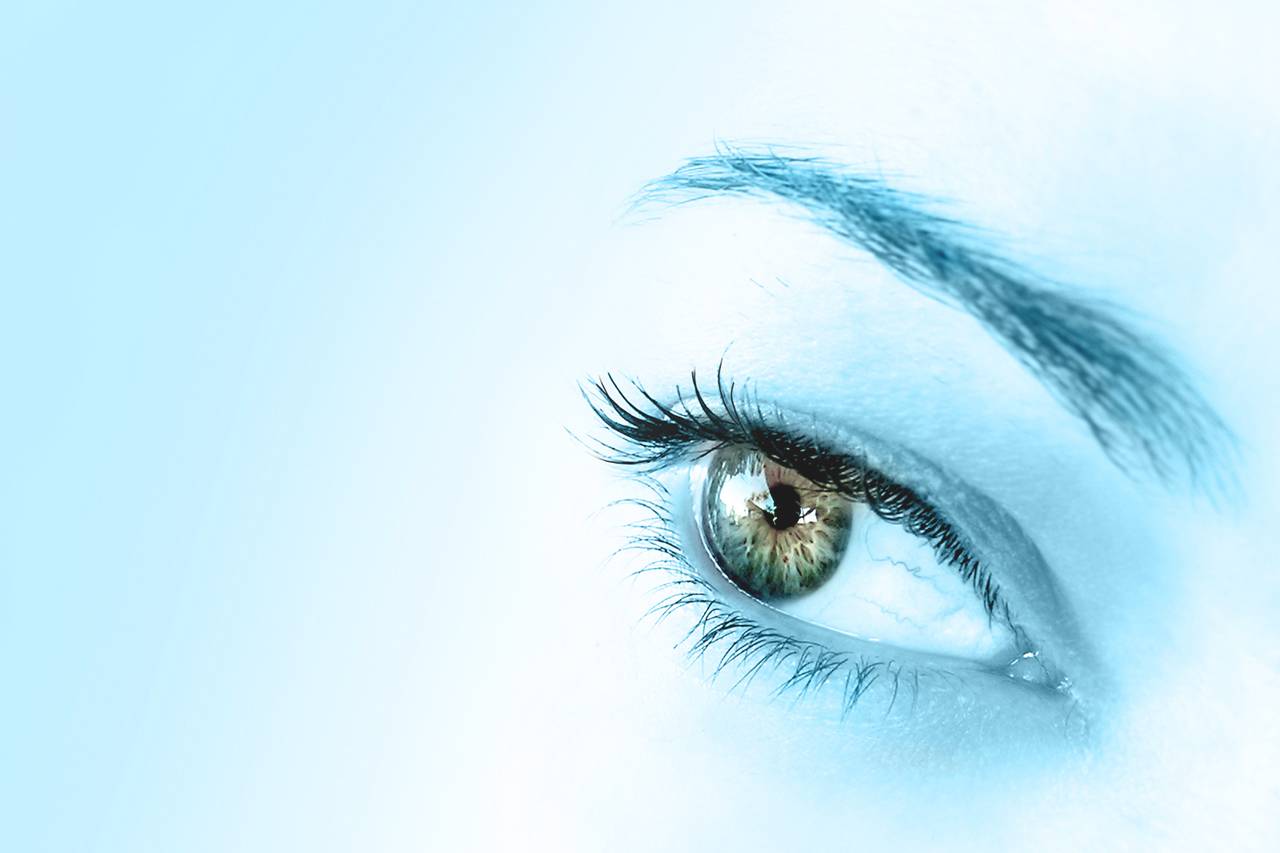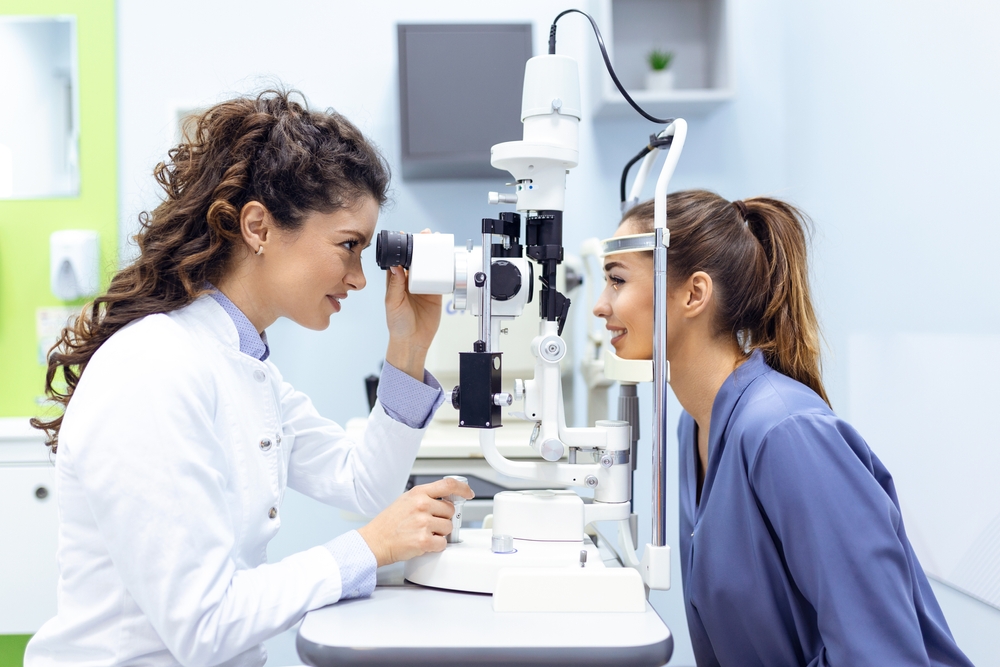Personalized Cataract Care Service: See Our Clinic for Solutions
Personalized Cataract Care Service: See Our Clinic for Solutions
Blog Article
Checking Out the State-of-the-Art Technologies Utilized for Diagnosing and Treating Eye Conditions
In the world of ophthalmology, the development of innovation has dramatically improved the tools readily available for identifying and treating numerous eye conditions. From advanced imaging modern technologies that offer detailed understandings into eye structures to robotic-assisted operations that offer unparalleled accuracy, the landscape of eye care is frequently progressing. With the integration of fabricated intelligence in diagnostics, genetics therapy technologies, and virtual fact recovery, the possibilities for boosting client end results are broadening at a quick pace. The merging of these cutting-edge innovations holds the promise of reinventing the area of ophthalmology, providing brand-new avenues for customized and reliable treatments.

Advanced Imaging Technologies
Advanced Imaging Technologies have actually revolutionized the area of ophthalmology by offering thorough and accurate visualization of the eye frameworks. Optical Coherence Tomography (OCT) sticks out as a key innovation in this world. OCT uses light waves to catch high-resolution cross-sectional pictures of the retina, enabling the recognition of minute architectural changes. This non-invasive strategy aids in the early detection and monitoring of different eye conditions such as macular deterioration, diabetic person retinopathy, and glaucoma.
Moreover, Fundus Photography is an additional essential tool in ophthalmic imaging. This technique involves recording detailed images of the rear of the eye, including the retina and optic disc. Fundus Photography aids in recording the development of eye conditions, assessing treatment efficacy, and enlightening people concerning their eye health.

Robotic-Assisted Surgical Treatments
Robotic-assisted surgical procedures have considerably advanced the capabilities of sensory surgical treatment, introducing a brand-new age of accuracy and effectiveness in dealing with different eye problems. By incorporating robot innovation right into surgeries, ophthalmologists can accomplish exceptional accuracy and control, resulting in enhanced client outcomes.
One of the primary advantages of robotic-assisted surgical procedure in ophthalmology is the boosted mastery and stability it offers to surgeons. The robot arms can execute specific motions with a high degree of accuracy, enabling fragile procedures with minimal invasiveness. This degree of accuracy is especially advantageous in surgeries involving the retina, where also minor errors can have substantial ramifications for a client's vision.
Additionally, robotic-assisted surgical systems give real-time imaging and comments to the cosmetic surgeon, enabling them to make enlightened choices during the procedure. This modern technology improves the surgeon's situational recognition and permits adjustments to be made without delay, making sure optimal outcomes for the client.
Artificial Knowledge in Diagnostics
With the development of cutting-edge technologies boosting surgical accuracy in ocular treatments, the combination of Expert system in diagnostics has actually emerged as a pivotal development reinventing the area of eye treatment. Expert System (AI) algorithms are being significantly used to examine complicated data from imaging technologies like optical read what he said coherence tomography (OCT) and fundus digital photography to assist in the very early discovery and exact medical diagnosis of various eye conditions. These AI systems can successfully determine patterns and abnormalities in pictures that may not be noticeable to the human eye, enabling quicker medical diagnosis and therapy planning.
AI formulas can also predict disease progression, suggest customized therapy strategies, and evaluate the effectiveness of treatments. By enhancing the diagnostic procedure, AI not only enhances the effectiveness of eye care experts but additionally boosts patient end results by enabling timely interventions. As AI continues to breakthrough, its function in diagnostics is expected to increase, offering new possibilities for very early treatment and personalized therapy in the area of ophthalmology.
Gene Therapy Developments
In the world of ocular developments, current strides in gene treatment developments have actually sparked considerable passion among scientists and healthcare specialists alike. Genetics therapy holds enormous pledge in reinventing the treatment of different eye conditions by targeting the underlying genetic causes. By presenting hereditary product right into cells to make up for abnormal genes or to offer an absent genetics, genetics treatment uses a tailored strategy to dealing with inherited eye disorders such as retinitis pigmentosa, Leber congenital amaurosis, and others that were formerly thought about untreatable.

As research study in gene treatment continues to breakthrough, the capacity for customized treatments for a broader series of eye problems expands, using new expect patients with hereditary eye conditions.
Online Fact Rehab
Digital reality recovery has actually emerged as a sophisticated method in boosting the healing and rehab procedures for people with numerous aesthetic impairments. refractive surgeries in al. By mimicing real-world atmospheres through immersive technology, digital truth offers a special system for vision treatment and rehab. This ingenious method allows people to take part in interactive workouts and tasks designed to enhance visual acuity, deepness assumption, eye coordination, and general aesthetic functioning
One trick benefit of digital truth recovery is its capability to personalize treatment programs based on the specific needs and abilities of each client. Via real-time comments and monitoring, over at this website medical care professionals can track progress, change interventions, and offer individualized treatment to maximize results. In addition, digital fact innovation can develop a controlled and safe space for individuals to practice visual jobs, get over obstacles, and construct self-confidence in an online setup before transitioning to real-world scenarios.
Final Thought
In conclusion, the developments in imaging technologies, robotic-assisted surgical procedures, expert system diagnostics, gene treatment developments, and virtual reality rehab have considerably enhanced the medical diagnosis and therapy of eye problems. glaucoma service near me. These state-of-the-art technologies have revolutionized the area of ophthalmology, permitting even more reliable and accurate procedures. As modern technology remains to progress, the future of eye treatment looks encouraging with the potential for a lot more ingenious solutions to enhance patient end results
In the world of ophthalmology, the evolution of innovation has actually substantially enhanced the tools readily available for detecting and dealing with different eye conditions. Fundus Digital photography aids in documenting the progression of eye illness, assessing treatment effectiveness, and informing people regarding their eye health.
Artificial Intelligence (AI) algorithms are being progressively made use of to examine complicated information from imaging innovations like optical coherence tomography (OCT) and fundus photography to assist in the early detection and accurate diagnosis of different eye conditions.In final thought, the advancements in imaging modern technologies, robotic-assisted surgical treatments, fabricated knowledge diagnostics, gene therapy developments, and virtual reality rehabilitation have actually considerably boosted the medical diagnosis and therapy of eye problems. As innovation continues to develop, the future of eye treatment looks encouraging with the potential for even more ingenious solutions to enhance client outcomes.
Report this page